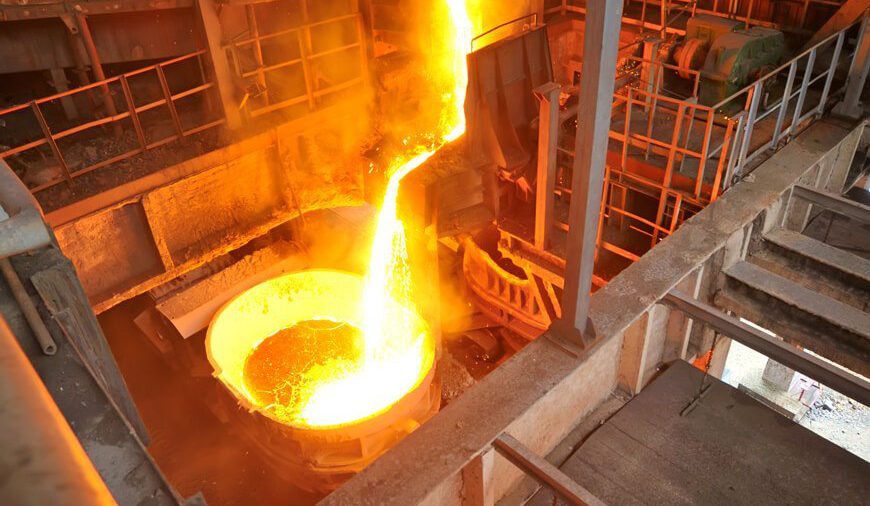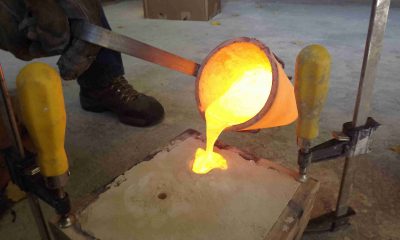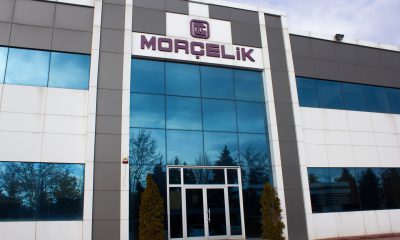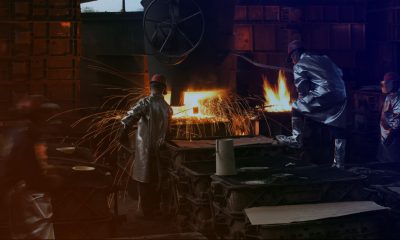
Foundries are responsible for our current standard of living and industrial development, but most of us know next to nothing about them. So what is a foundry?
Foundry Definition
In simplified terms, a foundry is a factory where castings are produced by melting metal, pouring liquid metal into a mold, then allowing it to solidify. Even if you have never been to a foundry, or even know what one looks like, you are surrounded by the metal castings they produce. There is a good chance that you are reading this less than 10 feet away from one.
Foundries don’t just produce metal products for engines, railroads, or pipe components. They also form components for machines that are required to make many of the essential consumer products we depend on. 90 percent of all manufactured goods rely on metal castings.
The Casting Process
In order to understand a foundry, you need to understand the casting process. The general steps involved in casting are patternmaking, molding, melting, pouring, ejection, cleaning, fettling, and inspection.
The final casting shape corresponds with the mold it is poured into, so molds are carefully shaped with a pattern – a wood or metal replica of the object to be cast. The most common mold material is silica sand, but it can be produced from a number of different materials depending on the casting metal and method being used.
A melting furnace is “charged” with metal and heated above the metal’s melting point. Once the molten metal has reached a specific pouring temperature it is tapped from the furnace through a spout into a refractory-lined steel pouring ladle. Any slag or impurities are skimmed from the top of the molten metal surface. The ladle is then tipped to pour molten metal into a mold cavity.
The mold cools and the metal solidifies, then the casting is ejected from the mold and cleaned. The cleaned casting is finished with fettling, a process that removes excess material from the casting to meet specified dimensions for the finished product. Depending on the casting specifications, fettling can be quick and simple, or extremely detailed work. Finished castings are then inspected by the foundry before being shipped.
Foundries don’t just produce raw castings. They house a number of operations that often include part design, tool building, prototyping, machining, assembly, and other after-sales services.
Foundry Equipment
Modern foundries are heavily mechanized. They contain all the machinery and equipment used in pattern and core making, casting, and molding. That assortment includes large melting furnaces, ladles, forklifts, cranes, conveyors, and transfer vessels. All foundry equipment is specially designed to function reliably in melt shop heat.
The fundamental distinction between foundries is ferrous (iron or steel) or non-ferrous (aluminum, brass, bronze, copper, etc.). The exact type of equipment is determined by the metals the foundry works with; electric arc furnaces are ideal for working with steel, while a foundry specializing in copper is more likely to use an induction furnace. Furnaces can range in size, from small tabletop equipment to ones that weigh several tons. Production quantities can range from a fraction of an ounce to several tons. The same variability in model and size extends to patternmaking and molding machines, and most other foundry equipment.


 Türkçe
Türkçe Deutsch
Deutsch

